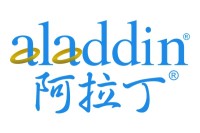The phenomenon of antagonist-induced receptor upregulation is common to many G protein-coupled receptors (GPCRs) such as adrenergic,
muscarinic, opioid, cannabinoid, histamine, GABA(B), serotonin, and dopamine receptors. This chapter reviews data that support
antagonist-induced upregulation specifically of opioid receptors but many of the principles apply to other GPCRs as well.
It is well documented that chronic exposure to opioid receptor antagonists reliably produces increases in binding to opioid
receptors when the antagonists are administered in vivo
or applied in vitro
to cell culture systems. Antagonist exposure increases receptor number and is associated with functional supersensitivity
to subsequent agonist administration. For example, the analgesic potency of morphine is increased following prior administration
of opioid receptor antagonists. Likewise, coupling of opioid receptors to G proteins is increased following antagonist exposure,
as is the ability of opioid agonists to regulate adenylyl cyclase activity. The most common approach used to measure receptor
upregulation is radioligand receptor binding. This chapter includes methods to measure receptor number by radioligand binding
and by immunohistochemical approaches. Also included are methods to assess alterations in receptor function following antagonist
exposure. The methods can be applied to tissue or cell homogenates or to in situ preparations in order to increase the anatomical
specificity of the resulting data.






